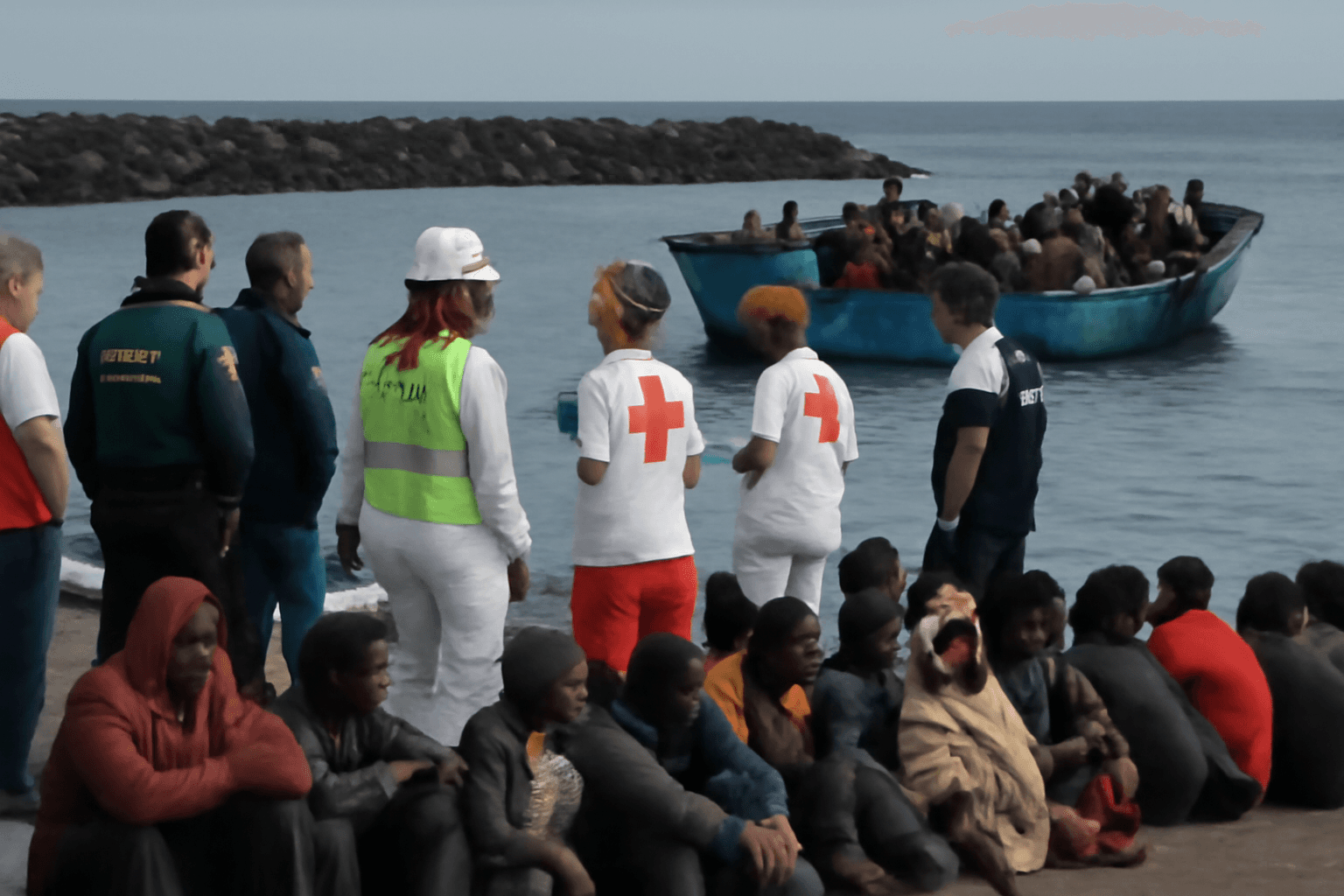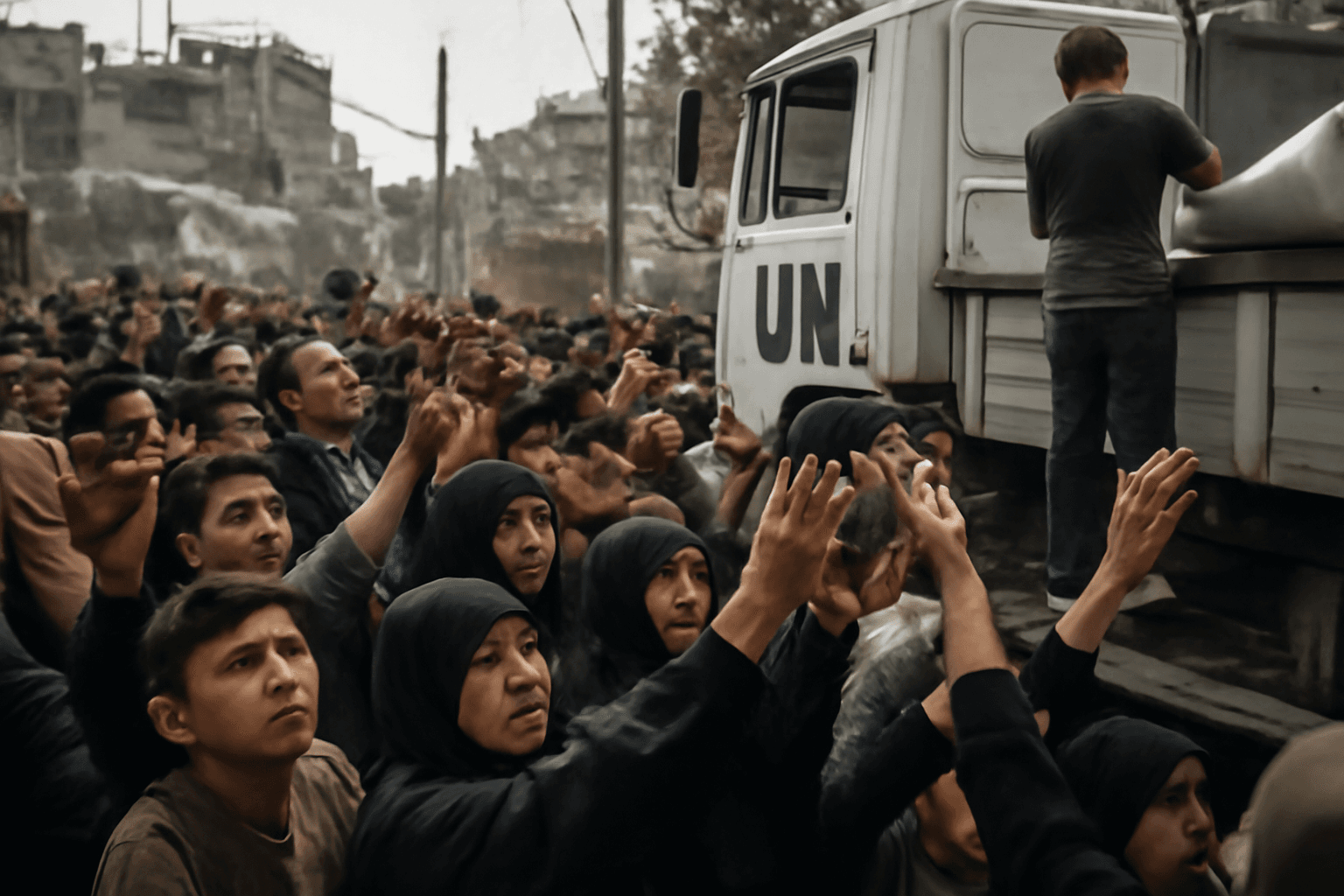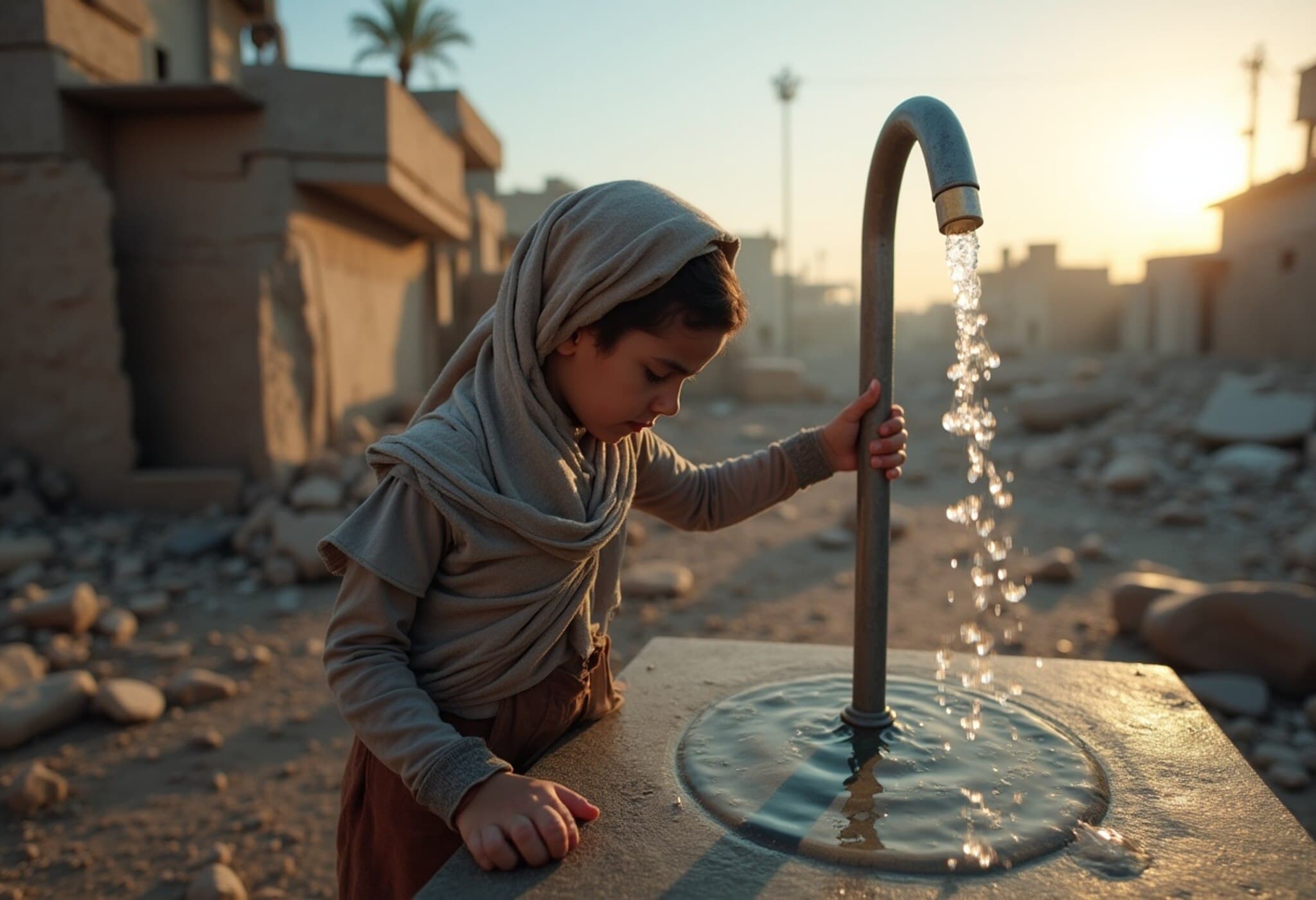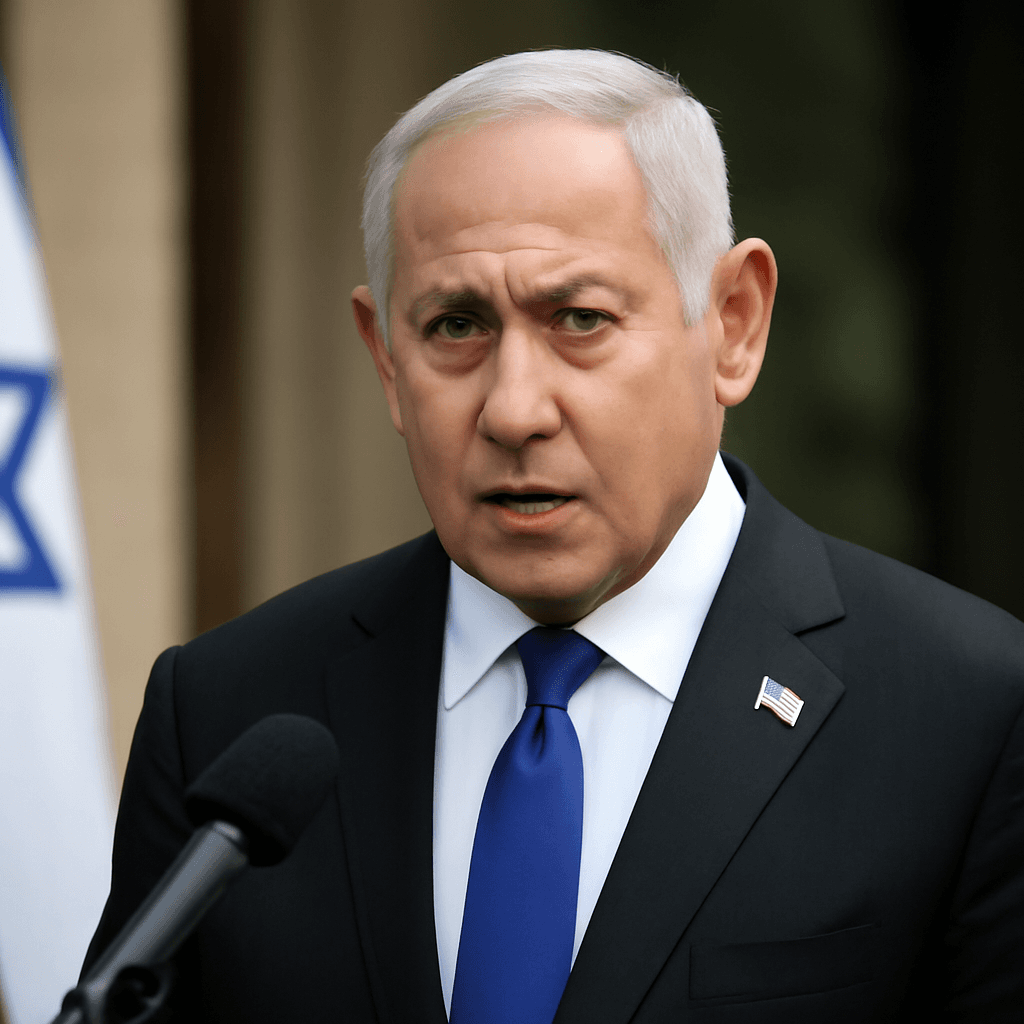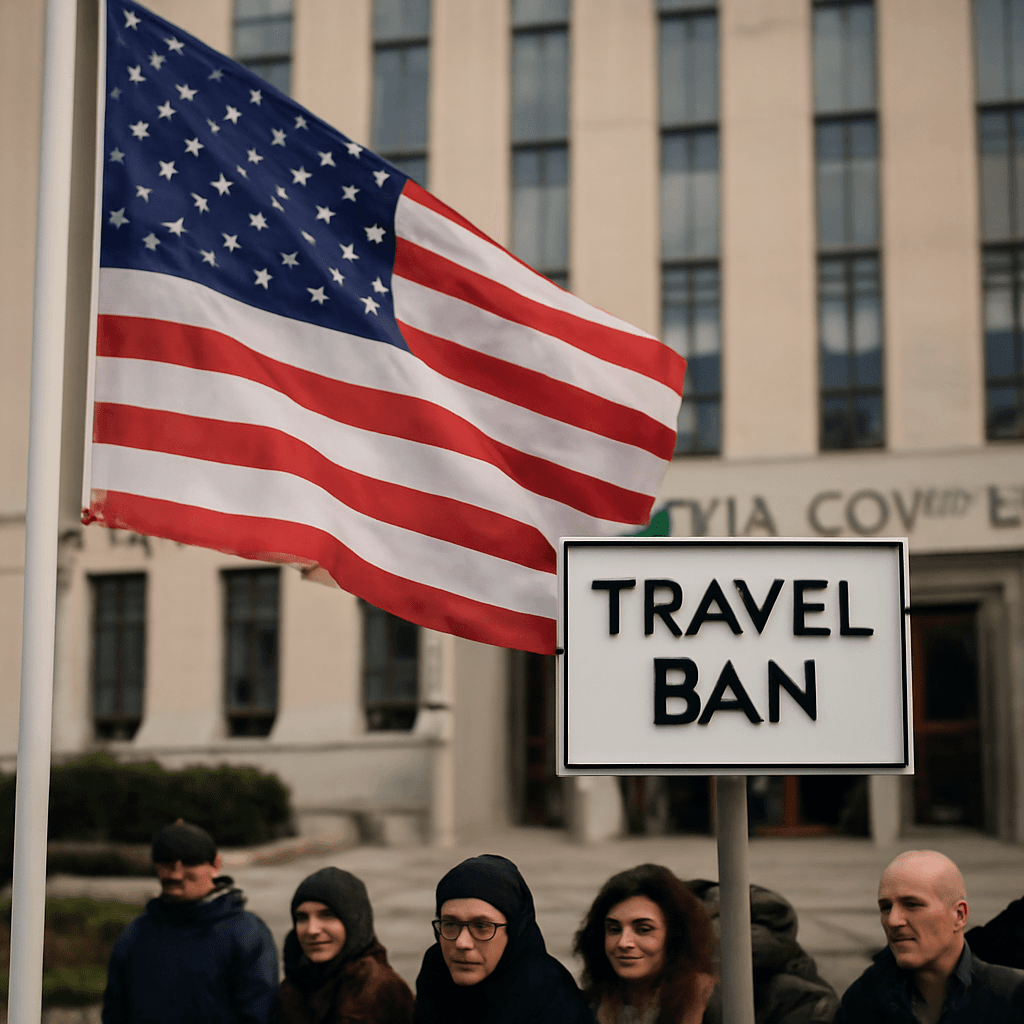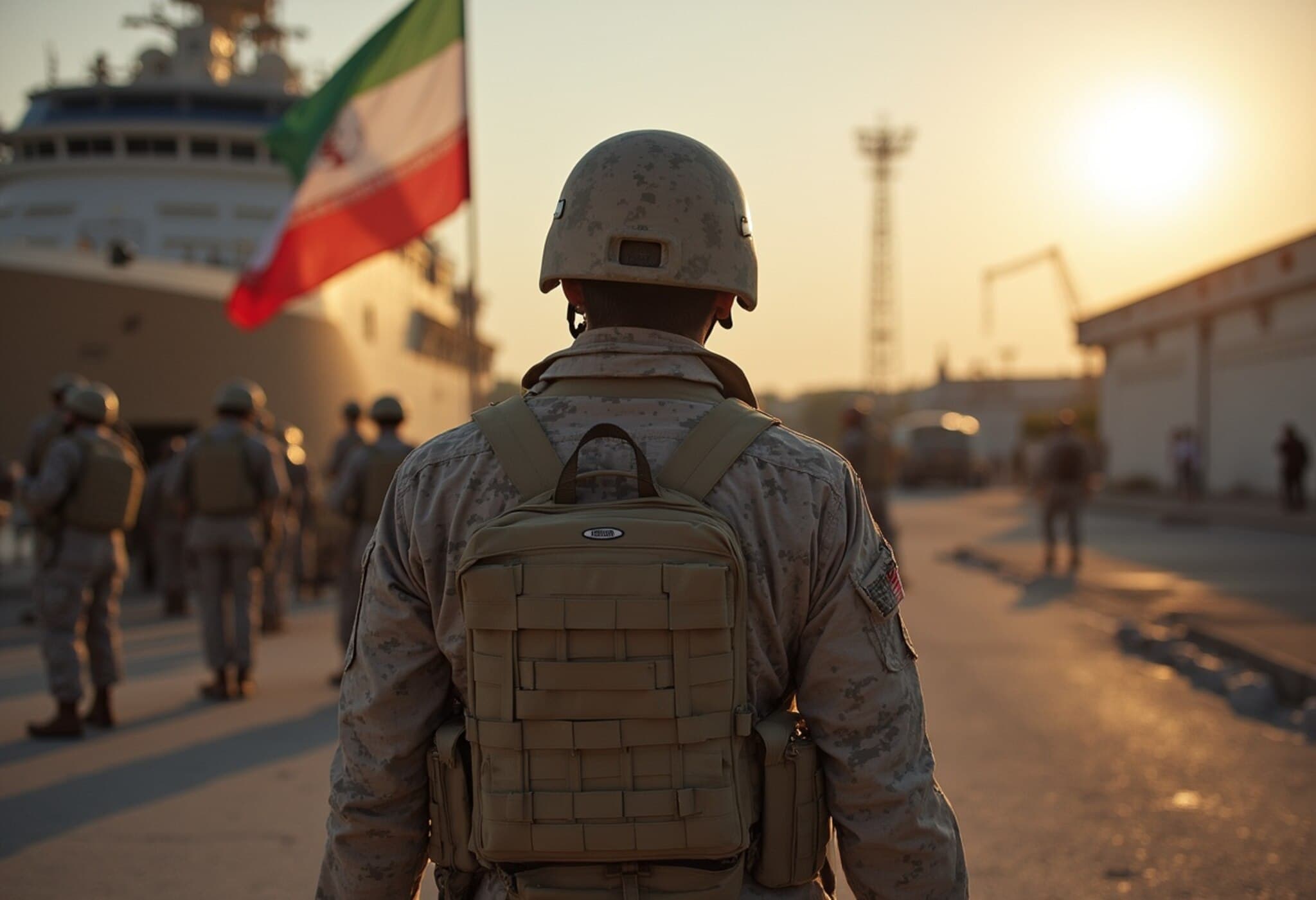Gaza Faces Dual Crises: Starvation and Water Scarcity Amid Ongoing Conflict
In the midst of a devastating military campaign that has stretched over nearly two years, the Gaza Strip is grappling not only with a catastrophic hunger crisis but also with a water shortage that aid workers warn is equally dire. The destruction of Gaza’s water and sanitation infrastructure from relentless bombardments has pushed residents into an unbearable daily struggle for clean water, exacerbating a humanitarian emergency on an alarming scale.
Ruined Infrastructure and Toxic Water Sources
The Israeli military operation, targeting critical infrastructure, has obliterated much of Gaza’s water supply network and sanitation systems. Today, many Gazans rely on a few small desalination plants operated by aid organizations, yet these cover only a fraction of the need. The majority of the population draws water from wells tapping into a compromised brackish aquifer, now tainted with sewage and hazardous chemicals seeping through collapsed buildings. This contamination fuels outbreaks of diarrhoea, hepatitis, and other severe waterborne diseases.
Daily Reality for Gaza’s Residents
Young and old alike must trek across debris-strewn landscapes—despite debilitating hunger—to haul heavy containers of precious water back to overcrowded tents and temporary shelters. Moaz Mukhaimar, a 23-year-old university student before the war, describes walking a kilometre and standing in long queues for hours daily, making multiple trips just to provide his large extended family with minimal water. This relentless effort underscores a critical question haunting many: How much longer can they sustain such a punishing existence?
A System in Collapse and the Human Cost
The Israeli military agency COGAT states it operates two pipelines supplying millions of liters of water daily to Gaza. However, Palestinian water authorities dispute the functionality of these pipelines, citing recent interruptions. The war initially severed all water and electricity supplies, with only partial restoration amidst ongoing pipeline damage. Pumps that access underground aquifers remain dependent on scarce fuel for generators, further hampering water availability.
Across Gaza, the scarcity compels residents to ration water desperately, forced to choose between drinking water and hygiene needs. Average consumption levels have plummeted to a shocking 3 to 5 liters per person daily—far below the United Nations’ emergency threshold of 15 liters for basic sustenance.
The Rise of Waterborne Diseases and Child Hardship
Consequently, preventable diseases like cholera and hepatitis have surged by nearly 150% in recent months, painting a grim picture of public health in Gaza. Children, in particular, bear a heavy burden—losing their childhood to the harsh reality of fetching water, often jostling in dangerous queues or venturing into remote areas to find it. The psychological and developmental toll is profound, as noted by Munther Salem, head of Gaza’s Water and Environment Quality Authority.
Regional and International Efforts and Challenges
Efforts to alleviate the crisis include a planned water pipeline funded by the United Arab Emirates to channel desalinated water from Egypt to southern Gaza, aiming to serve about 600,000 people. But this project is still weeks away from completion, and far more comprehensive solutions are urgently needed.
Humanitarian organizations like Oxfam and UNICEF stress that without an immediate ceasefire and unrestricted access for aid delivery, the death toll from dehydration and waterborne illnesses will climb. James Elder from UNICEF emphasizes that starvation and dehydration are now frontline consequences of the conflict, not merely accidental side effects.
Looking Ahead: Critical Questions and the Need for Global Response
This unfolding crisis raises pivotal concerns about the intersection of warfare, civilian infrastructure destruction, and humanitarian law. How can the international community more effectively prevent such catastrophic breakdowns in essential services? What mechanisms can ensure compliance with protections for civilians in conflict zones?
Moreover, Gaza’s water crisis is a stark reminder of the vulnerability of populations caught amid prolonged conflicts and blockade conditions. The day-to-day survival of millions hinges on swift and collaborative global action that prioritizes basic human rights such as access to clean water and sanitation.
Editor’s Note
The tragic water crisis in Gaza often receives less attention than the immediate horrors of hunger or conflict violence, yet it is a silent amplifier of suffering and mortality. Understanding the intricate link between destroyed infrastructure and public health is critical for shaping humane policies and effective humanitarian interventions. Readers should consider how this crisis underscores the urgent need for conflict de-escalation and sustained international commitment to protecting civilians' fundamental needs during war.







